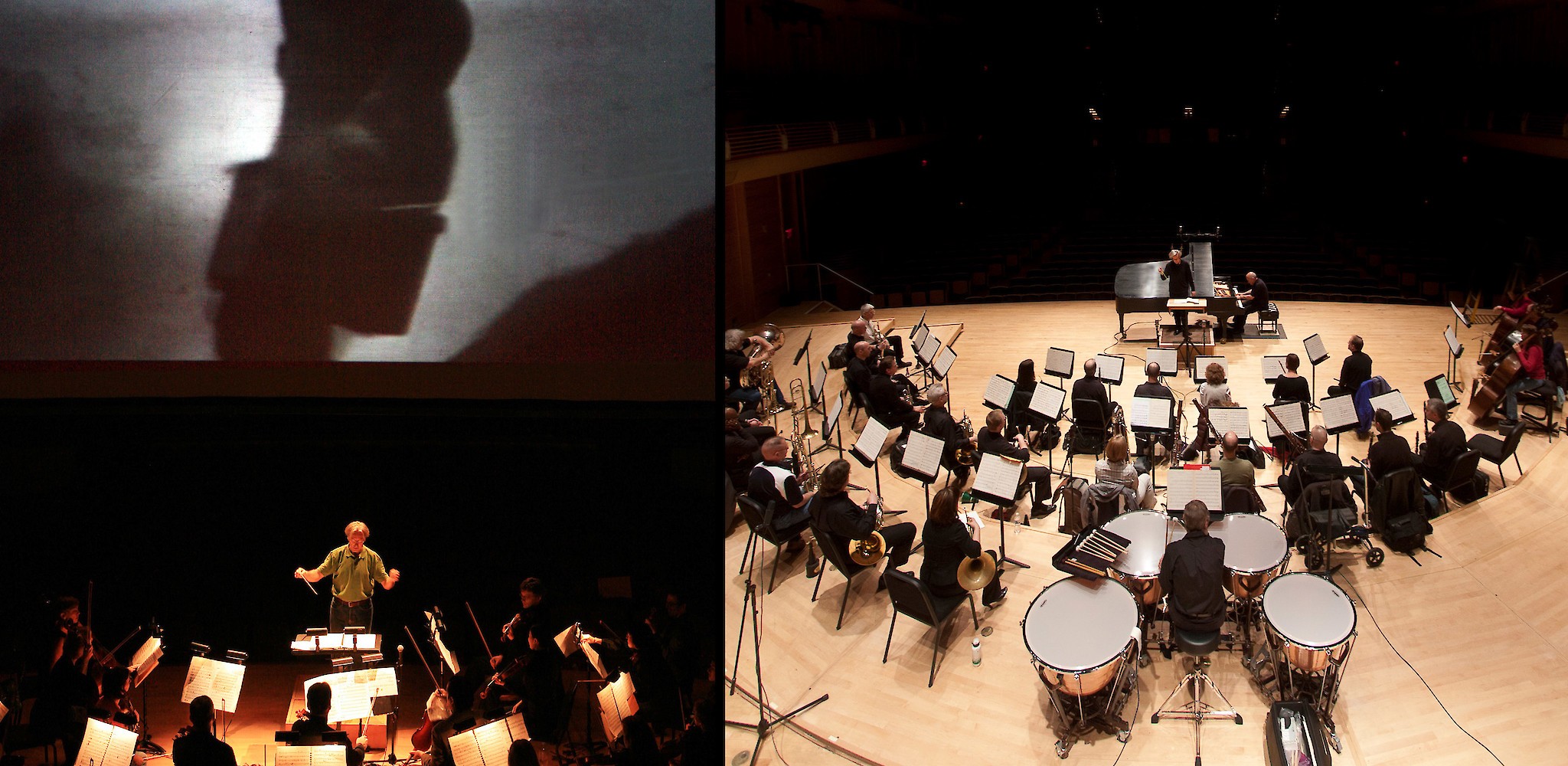The Naxos Interview: Angel Gil-Ordóñez talks with Laurence Vittes
Note: Since this interview is no longer available online, we are reprinting it here.
The new CD is special in many ways, from its sharply-contrasting repertoire to authoritative performances by musicians who work together collaboratively in order to understand the music they play. Only the Concerto has been recorded more than a handful of times, but never like this. And as someone who actually sat in on a gamelan session with Harrison in the mid-1980s at his house along the Big Sur coast, I can understand what being immersed in his music is like, and that’s what this new recording reflects.
I talked to the Spanish conductor Angel Gil-Ordóñez, who had just returned from Cuba. In 2005, Angel Gil-Ordóñez co-founded the PostClassical Ensemble along with music historian Joseph Horowitz.
LV: Do you like one-composer CDs?
Angel Gil-Ordóñez: I do. In fact, we have a series at the PostClassical Ensemble on which we focus on single composers. It gives everyone involved, including the musicians, the opportunity to gain a wider overview of a composer’s work.
LV: What were the logistics of setting up the recordings?
Angel Gil-Ordóñez: Normally we prefer to record in concert halls because it’s natural; this time it worked out differently. We had performed the Concerto at the Indonesian embassy, and the next day we recorded it, with its virtuoso demands on the percussionists (not to mention the wild collection of junkyard, Asian and other instruments Harrison requires), together with the Double Music, at the Omega Studios in Rockville, Maryland, outside of Washington. We recorded the Grand Duo at the L. Brown Recording Studio in New York.
LV: What kind of an overview does the CD provide?
Angel Gil-Ordóñez: The three pieces are very different and very original. In the Concerto we are overwhelmed by the percussion he uses; none of them are conventional percussion instruments—he comes up with extraordinary intentions like striking the strings of the double bass and throwing flower pots. In the Double Music, which he wrote with John Cage (each wrote one line of score separately before putting them together), he uses sounds closer to the gamelan.
LV: How did you record the five percussionists and their multiple batteries of instruments?
Angel Gil-Ordóñez: We had a microphone precisely positioned at each percussion set; in this way we thought that the engineer would be able to perceive everything as a whole. We tried to solve the musical problems on site as much as we could; the mics helped us immensely while editing to balance and control the dynamics. We think that the result is the kind of audiophile recording such music needs.
LV: What were you doing in Cuba?
Angel Gil-Ordóñez: I’ve started an exchange program there with young musicians, mostly young pros who were having the time of their lives playing with us. It’s becoming more and more difficult to find this joy in orchestras today. You find this joy in music everywhere in Cuba.
LV: What lies ahead on your recording schedule?
Angel Gil-Ordóñez: No recording sessions until 2018, but we have four Music Under Stalin: Immersion Experience concerts scheduled for March 7, 11, 19 and 25 at the Washington Jewish Community Center, during which we’ll show how Shostakovich and Mieczyslaw Weinberg influenced one another over the course of their remarkable creative conversation.

